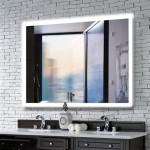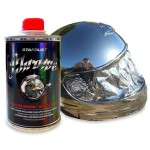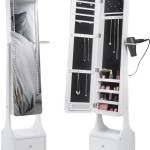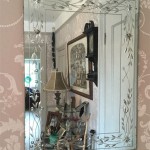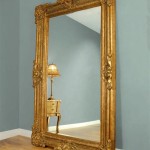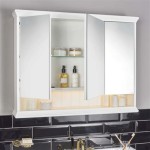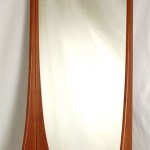Mirror and Glass Processing: Essential Aspects
Mirror and glass processing encompass a diverse range of techniques used to transform raw materials into functional and aesthetically pleasing products. Understanding these processes is crucial for manufacturers, designers, and consumers alike.
Cutting and Shaping
Cutting glass and mirrors involves precise measurements and specialized tools to achieve desired shapes and sizes. Traditional cutting methods include diamond scribing and glass cutters, while advanced techniques like waterjet cutting offer greater precision and flexibility.
Edging and Finishing
Edging processes create smooth and polished borders on glass and mirrors. Grinding, beveling, and polishing techniques are employed to remove sharp edges, enhance aesthetics, and prevent chipping. Edging also allows for the application of decorative finishes, such as etching and engraving.
Tempering
Tempering is a thermal treatment that increases the strength and durability of glass. Through a controlled heat and cooling process, glass is strengthened to withstand higher loads and impact forces without shattering into sharp fragments.
Laminating
Laminating involves bonding two or more layers of glass with a transparent interlayer, typically made of polyvinyl butyral (PVB). This process creates a safety glass that does not shatter upon impact, reducing the risk of injury and damage.
Coating and Printing
Coating and printing techniques enhance the functionality and aesthetics of glass and mirrors. Reflective coatings are used to create mirrors, while tinted coatings control light transmission and heat absorption. Printing technologies allow for the application of patterns, images, and graphics.
Quality Control and Standards
Rigorous quality control measures ensure that mirror and glass products meet industry standards and customer specifications. Inspections, testing, and certifications verify the accuracy of dimensions, strength, clarity, and surface finish.
Applications
Mirror and glass processing has numerous applications in various industries, including construction, furniture, automotive, and architecture. Mirrors enhance interior spaces by reflecting light and creating illusions of depth, while glass is used in windows, doors, and tableware for its transparency, durability, and hygienic properties.
Advancements and Innovations
The mirror and glass processing industry is constantly evolving with technological advancements and innovative techniques. Laser cutting, digital printing, and automated handling systems are improving productivity, precision, and customization options, leading to high-quality and aesthetically pleasing products.

Mirrors Glass Processing Harris

2024 Processing Mirror Qingdao Rich Glass Co Ltd Page 1

3mm 4mm 5mm 6mm Float Glass Mirror Carved Art Processing China Made In Com

Mirror Glass Processing Ltd Gateshead Mirrors Yell

Supply Xm351a Decorative Furniture Glass And Mirror Processing Machine Whole Factory Guangdong Enkongs Machinery Co Ltd

Mirror Glass Processing North East Limited Linkedin

Mirrors Design Life Cycle

Mirror Coating Line Benteler Glass Processing Equipment

Glass Processing Machine Machinery For Ito Conductive Engraving Smart Mirror Sanding China Laser Back Made In Com

Temperable Mirror Tempered Toughened Mirastar China Leading Supplier Of Low Iron Glass Factory Diffused Manufacturer Greenhouse Ar Horticultural Sgp Laminated Dichroic

